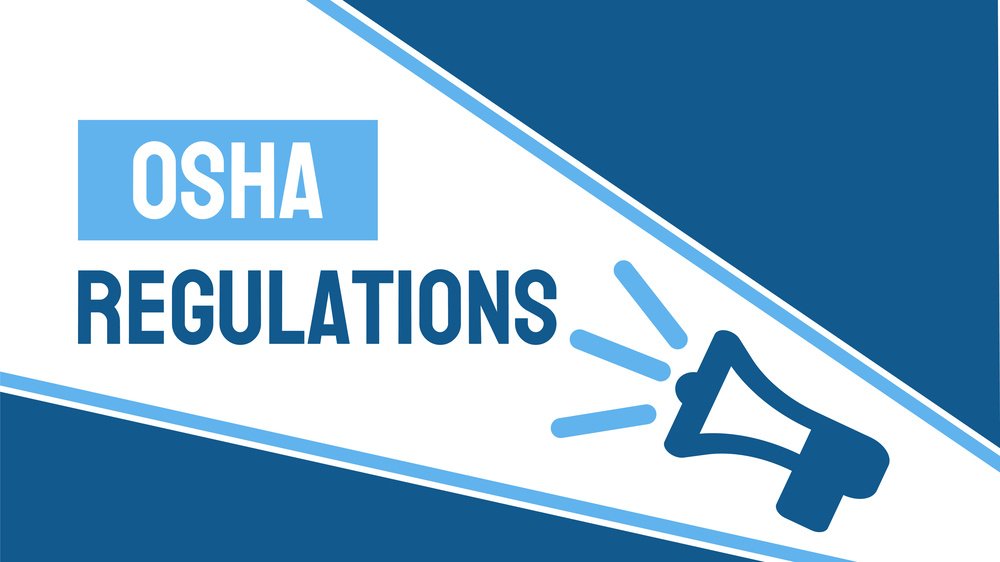Some environments are tougher to clean than others. Take industrial environments. Not only can cleaning them be challenging, but doing so is often subject to strict rules established by the Occupational Safety and Health Administration (OSHA). OSHA regulations alone are enough to encourage companies to leave industrial cleaning to professionals.
Are you curious as to how OSHA rules impact industrial cleaning practices? We are happy to explain some of the basics. As you read, bear in mind that this post is just an overview. OSHA regulations are incredibly detailed and often hard to follow.
Personal Protective Equipment
Perhaps the most visible implementation of OSHA rules in an industrial environment is the requirement to utilize personal protective equipment (PPE). This particular requirement involves the utilization of special clothing and equipment designed to protect individuals from harm.
OSHA mandates that cleaners in certain industrial environments utilize:
- Eye protection.
- Hearing protection.
- Gloves and/or coveralls.
- Protective helmets.
- Protective footwear.
Where PPE requirements exist, employers are also required to guarantee impacted employees are properly trained in how to use their equipment correctly. Employers cannot simply hand PPE to workers and expect them to figure it out themselves.
General Practices
OSHA also has rules in place governing certain types of cleaning practices. For example, the agency’s Compressed Air Usage regulations prohibit the use of compressed air for certain industrial cleaning tasks. Where compressed air is allowed, it might be governed by certain rules including one that limits air pressure to no more than 30 PSI.
Cleaners are encouraged to use the safest practices in all industrial environments. OSHA rules are designed to guarantee just that. In essence, the rules prevent taking unnecessary risks in environments that could prove dangerous.
Exposure to Noise
Believe it or not, the OSHA rules pertaining to noise exposure apply to industrial cleaning. OSHA has established limits for noise exposure, limits that apply across the entire industrial and manufacturing landscape.
When cleaners are exposed to noise levels higher than allowed under the rules, they must wear appropriate protective gear to protect their hearing. Likewise, OSHA expects employers to take noise into consideration when choosing industrial cleaning equipment. Less noisy equipment is better equipment as long as it does the job.
Hazard Communication
OSHA’s Hazard Communication Standard requires that employers keep cleaning crew members fully informed about any hazardous chemicals they might encounter during industrial cleaning. The requirement can be fulfilled in a number of ways, including:
- Properly labeling hazardous chemicals.
- Producing and distributing Safety Data Sheets.
- Training workers on how to manage hazardous chemicals properly.
OSHA rules also require that manufacturers and importers evaluate the potential hazards related to all chemicals they work with. So if management is ever confused about potential hazards, they can turn to manufacturers or importers for help.
Employee Training
OSHA rules even go so far as to mandate proper employee training. Cleaning crew members must be trained in how to protect themselves against any hazards in industrial environments. They must be trained in the proper use of equipment in chemicals.
All of this comes in addition to standard procedures and policies for cleaning industrial environments effectively. Not only do cleaners have to get industrial spaces clean, but they also need to do so according to industry standards – all the while being governed by OSHA rules.
Maintaining OSHA compliance is one of several reasons companies contract their industrial cleaning to All Pro Cleaning Systems. We make it our business to know, understand, and follow all OSHA rules to the letter. We are more than happy to do it so that our industrial clients don’t have to.



